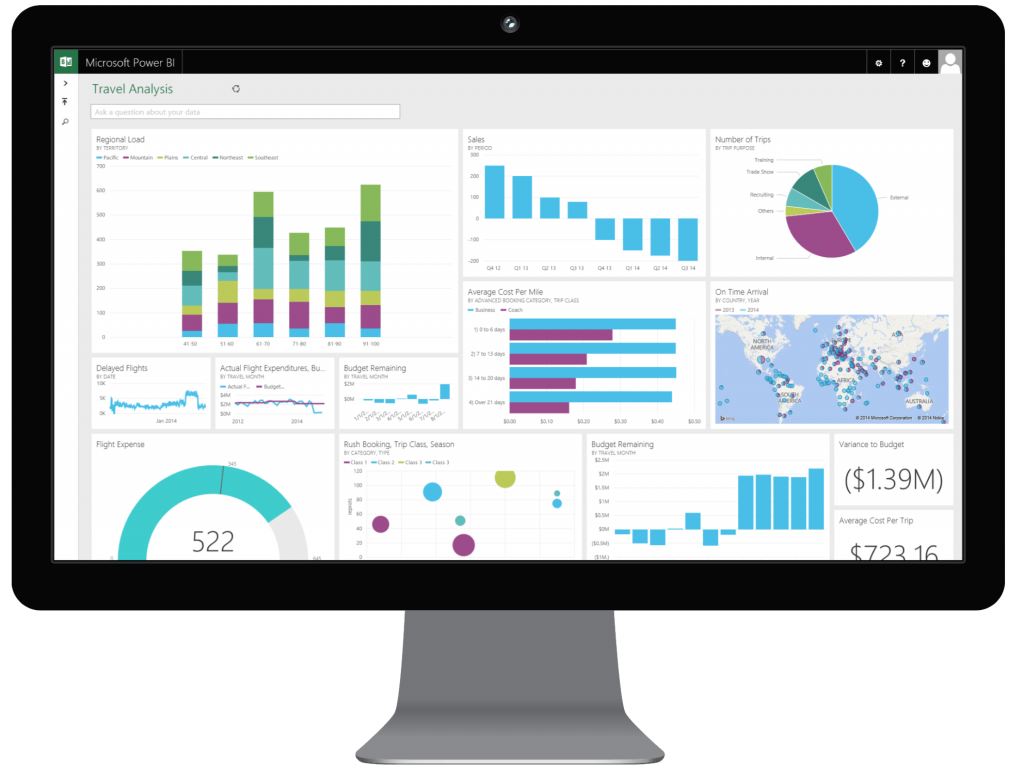Dynamics 365 has both delighted the developer community and created uncertainty over the deprecated and new features. The new suite from Microsoft is the perfectly timed entrant into the Cloud ERP Marketplace. With excellent performance and functionality, it leverages other Microsoft products such as Dynamics 365 CRM and Office 365 also.
The most feature rich pure cloud platform till date from Microsoft has debuted with the integration framework, which extends the fundamental integrations of EDI (Electronic Data Integration).
If your Microsoft Dynamics AX company is planning on upgrading to Microsoft Dynamics 365, following things should be taken into account:
Changes to the integration framework
In a quick overview, Microsoft Dynamics has removed 2 primary integration options, added 1 framework, and expanded a 3rd framework.
1. Integration frameworks that have been removed
- a. AIF (application integration framework) that has been around since a decade, and has been used extensively by developers to communicate with the end users, has been deprecated.
- b. .Net business connector, that has been included since the first Axapta releases has been deprecated.
2. Integration frameworks that have been added
- a. A Data Entity Based Integration Framework has been added to enable external integration via OData Endpoints using REST Web services and JSON data format.
- b. AIF had limited support for transaction integration and master data. The Data Entity Framework on the other hand supports 1600 OData Endpoints with full CRUD support.
3. Integration frameworks that have been enhanced
- a. DIXF (Data Import Export Framework) has been expanded to support the Data Entity Framework.
- b. It is designed for data file conversions and repetitive data imports. This framework comes handy when upgrading from Microsoft Dynamics AX to Microsoft Dynamics 365.
Data entity types in Dynamics 365
1. Data Entities
In Dynamics 365, entity is an abstraction of data seen as a view against Single or Several Related Tables. Entities can be integrated with OData and DIXF.
2. Extended Entities
When fields and tables are added to the existing Dynamics 365 database, extended entities are used. The best practice in Dynamics 365 is to extend the base entity rather than modifying the database. They support OData and DIXF for integration.
3. Composite Entities
When two or more entities combine, they form composite entities. They do not support integration using OData. Even DIXF is also not suited for transactional scenarios where data or business rules apply.
4. Aggregate Entities
These are accessible only through OData, and are read-only entities for use with external BI platforms like Power BI.
Implications for the users
1. RESTfulWebservices are superior to SOAP, and hence allow for scaling to fit in the architecture.
2. The OData Endpoints security access protocol is OAuth, and it provides a two-level authentication.
3. JSON is more efficient and compact than XML, which is a verbose format not suited for data integration using cloud.
4. The close to 1800 business objects in Microsoft Dynamics 365 can be accessed easily through the new Data Entity Framework.
5. The OData feedback is in the form of understandable messages, which makes troubleshooting easier.
Options available for integrated EDI
The Microsoft Dynamics AX company upgrading to Microsoft Dynamics 365 can choose from any of the several EDI implementations to communicated with Dynamics 365 – Value Added Networks, in-house development, outsourcing, or a third party solution that does not modify the ERP.
Ideal EDI integration for Dynamics 365 for Operations
The perfect EDI implementation that helps in migration as well as development of Dynamics 365 compatible applications should have the following features:
1. It should not make any changes to the core code-base of Dynamics.
2. The application should operate outside the Dynamics environment.
3. Actionable intelligence should be operated on automatically and the business users must be duly notified when human intervention is required.
4. The compliance and service management should be done by the EDI implementation.
5. The deployment options should be flexible depending on the public, private or hybrid cloud that the business is using.

